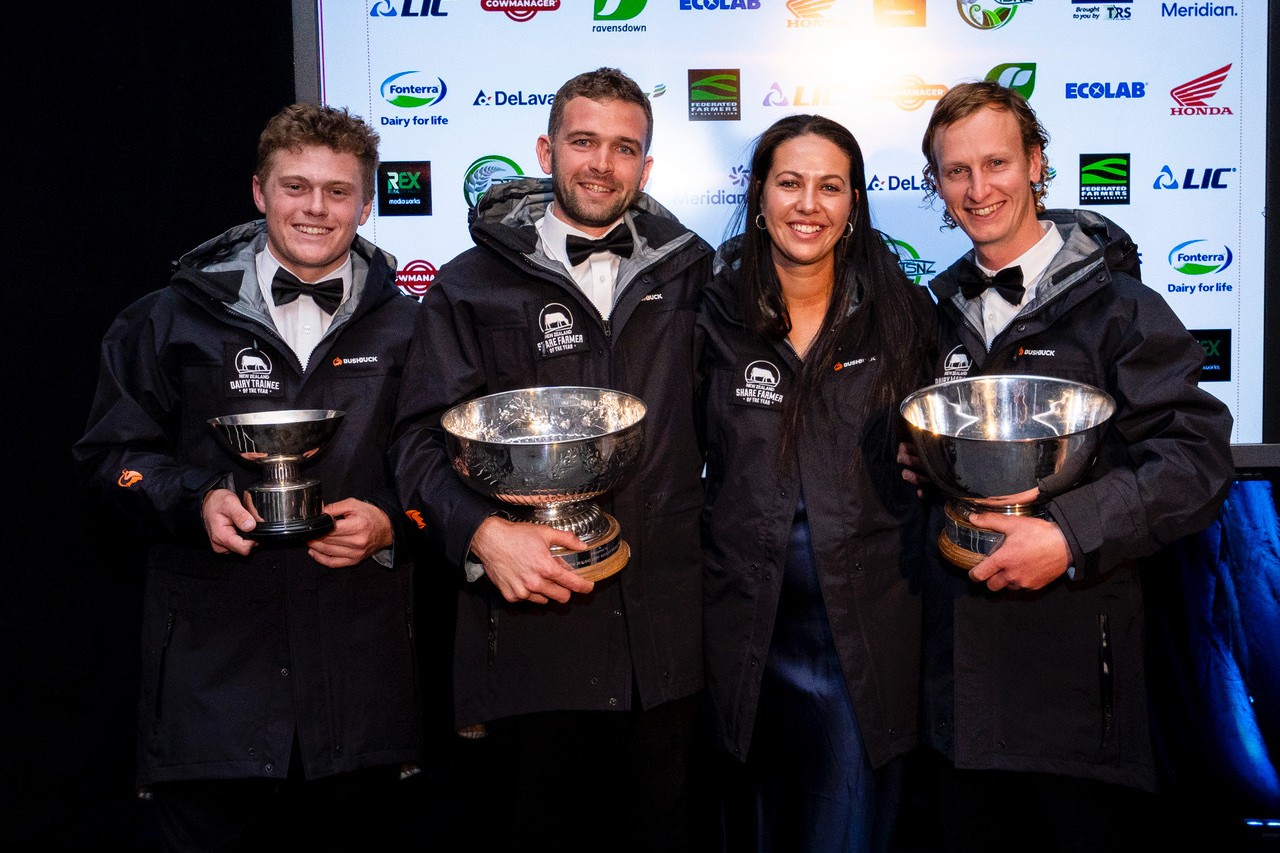Action is ramping up within regional councils across the country, gearing up, making plan changes and getting farmers involved in completing their Farm Environment Plans over the next few years. According to speakers at the recent Fertiliser and Lime Research Conference at Massey University the whole sector will be under huge pressure to get the number of plans through in the allotted time frames.
Rather than see it as a threat of regulation and compliance, farmers need to view the process in a more positive light – the science is finally catching up with the reality of the environmental degradation that has undoubtedly gone on over the past 20 years of dairy expansion and rules are being put in place to rebalance the nutrient flows.
Researchers at the conference are now getting to the stage of measuring actual N leaching, understanding N attenuation and its movement through different soils and being able to put numbers around mitigation measures to lessen the effects of intensive dairy farming.
There are stories of farmers with large N-leaching numbers being guided through the mitigation process and driving their leaching rates down whilst preserving profitability – it’s going to be different for every farmer depending on their system and soil type – but they have to engage with the process to find out how it’s going to be done. We will be telling these stories in the next few months.
Burying your head in the sand is not an option – every farmer needs to find out their numbers, understand where they sit and investigate how to meet the challenge of farming with a lighter nutrient footprint.
In this issue we cover a couple of the mitigation stories – one of research around using a composting barn and controlled-duration grazing (P69) and the other looking at catch crops to remove N (P71).
Part of our special report on wintering tactics, we profile a wintering barn in the North Island, strategies for wintering without barns in the South Island (P62) and tips for avoiding nutrient loss while feeding out winter crops.
Patoka farmer Nick Dawson tells how the Tiaki programme helps him to prove sustainability with a holistic look at his farm, soil, nutrient, effluent and waterways management (P74).
And while the economics were definitely part of the drive for Matt and Tracey Honeysett from the Wairarapa to develop an ultra-compact calving pattern, it was also about getting calving over quickly and less painfully for their farm team. Read about their results on P82.
Check out the BOMA conference in Christchurch for transformational speakers – and listen to the podcast chat I had with the conference organiser Kaila Colbin. See our online page for details (P8). Dairy Exporter subscribers get 10% off the conference registration.





